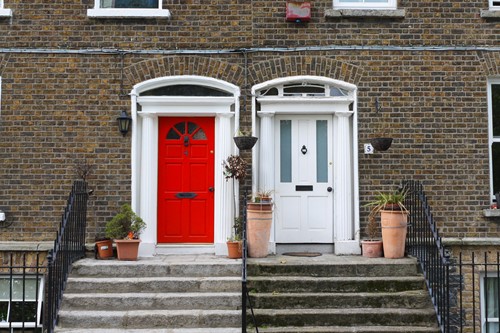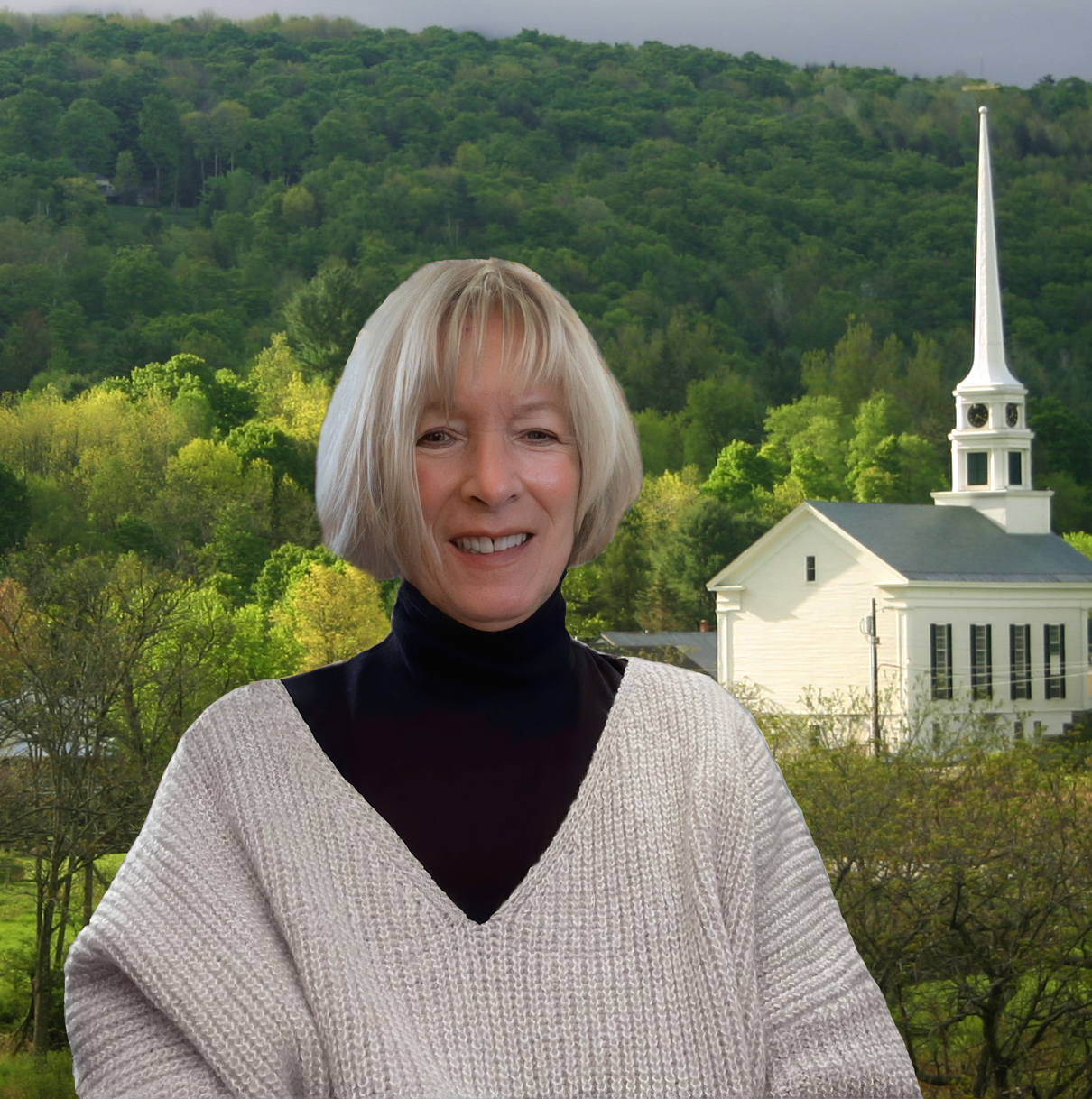Email: [email protected]

When climate-controlled air escapes or gaps allow non-climate-controlled air inside, heating and cooling system are forced to work overtime. Although frugal people often calculate the cost benefits of replacement windows to reduce energy loss, entry and secondary doors also have a significant effect. A poorly insulated door with even small gaps around the casing can create ongoing drafts. If you are considering replacing an outdated or inefficient door, these are things to consider.
Fiberglass doors are widely considered the most energy-efficient because they are poor heat conductors. Materials that absorb energy such as heat and cold transfer it from the outdoors through your door. For example, when the temperatures outside are below freezing, the door radiates those temperatures into the home.
This process might seem like a nominal cost driver, but energy efficiency is about tightening heat and cold losses. Following fiberglass, vinyl, steel and wood provide energy efficiency in descending order.
Although glass conducts heat and cold easily, this facet does not necessarily mean home, and commercial building owners should avoid them. The ability to see outside and the infusion of natural light into the space also provide value.
Just like windows, doors panes offer varying degrees of energy efficiency. When selecting a product that serves your needs, conduct some due diligence about glass ratings.
One of the reasons industry professionals typically rank fiberglass, vinyl, and steel ahead of wooden doors stems from expansion and contraction. Wood suffers swelling and tightening far more than the other materials, which means cold weather generally causes the door to shrink and allows increased drafts to leak in. Wooden doors enjoy natural beauty, but the heat loss can be significant.
When choosing the best door for your needs, energy efficiency ranks among many factors. A sound decision also weighs appearance, durability, security, cost and other items. The right door helps reduce utility bills and makes homeowners feel good in many ways.

Teresa's beginnings were at Fort Belvoir, Virginia. She was child #5 of 8 and born into an Air Force family that moved all over the United States but usually ended up back in the Washington, D.C. area. Teresa attended Miami University in Oxford, Ohio and received her bachelor's degree in business from George Mason University, in Fairfax, Virginia. Some of her prior careers include: computer buyer in Fairfax, Virginia; Deputy Clerk at the U.S. District Court in Denver, Colorado; Police Officer in Steamboat Springs, Colorado; and Bed & Breakfast owner in Stowe, Vermont. Teresa obtained her license as a Realtor® in 1998. She has been through many ups and downs in this profession and continues to learn every day. She very much enjoys the real estate profession and the wonderful people she has met and assisted along the way. In order to serve her clients and customers, Teresa continually attends classes and seminars. Some of her Designations and Certifications include:
Teresa has also served and continues to serve on several boards:
In 2007, Teresa was named Vermont Realtor of the Year.Teresa and her husband, a local attorney, moved to Stowe in 1987. They had two sons and Stowe has been their home for the past 36 years. She still feels the Stowe area is a wonderful place to raise a family, there's always something going on. Teresa can often be found behind the lens of her camera documenting the beauty of the area and its many events.As an update, Teresa's older son is now a Doctor/resident at the University of New Mexico's Emergency Management Program. Her younger son graduated from James Mason University and currently resides in Chicago, IL as a supervisor for OKTA.